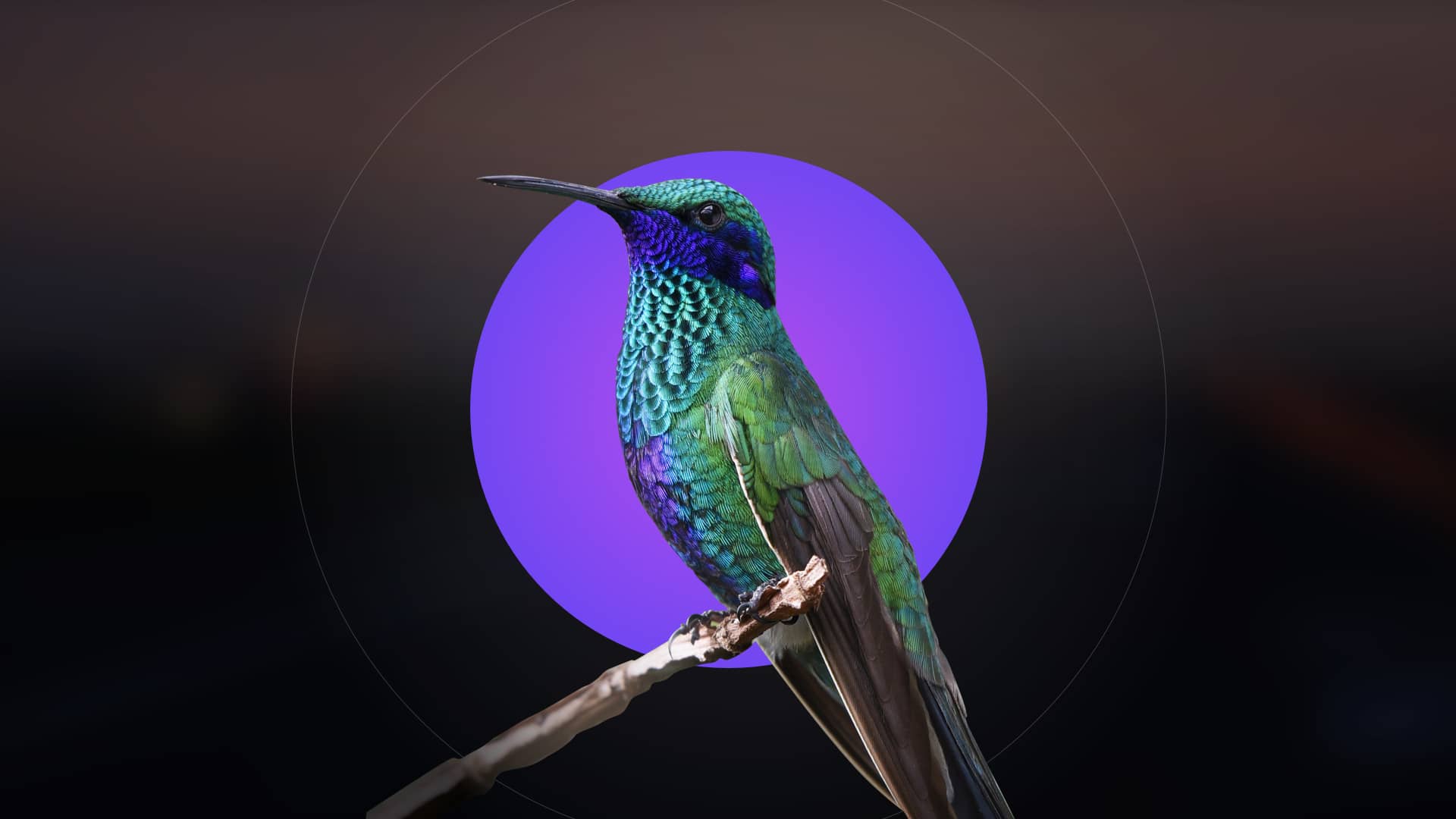Meteorological Instruments and Their Uses: A Comprehensive Guide
Weather affects our daily lives in countless ways. Understanding meteorological instruments and their uses is key to predicting and preparing for atmospheric changes. This guide explores essential tools used by professionals and enthusiasts alike.
Key Meteorological Instruments
Meteorologists rely on precise devices to collect data. These instruments measure parameters like temperature, humidity, wind speed, and atmospheric pressure.
Thermometers and Barometers
Thermometers gauge temperature, while barometers track atmospheric pressure. Sudden pressure drops often indicate storms, making barometers vital for short-term forecasts.
Anemometers and Hygrometers
Anemometers measure wind speed, essential for aviation and marine safety. Hygrometers detect humidity levels, influencing comfort and health predictions.
Advanced Weather Monitoring Tools
Modern technology introduces sophisticated devices like weather satellites and radar systems. These provide large-scale data for accurate, long-range forecasting.
For a deeper dive into specialized equipment, explore this detailed resource on meteorological instruments and their uses.
Frequently Asked Questions
What is the most common meteorological instrument?
Thermometers are widely used for daily temperature checks in homes and professional setups.
How do weather instruments help in agriculture?
They monitor soil moisture, rainfall, and temperature, aiding crop planning and irrigation.
Enhance Your Weather Knowledge Today
Ready to start your own weather station? Invest in reliable instruments to track local conditions accurately. Share your findings and join a community of weather enthusiasts!
